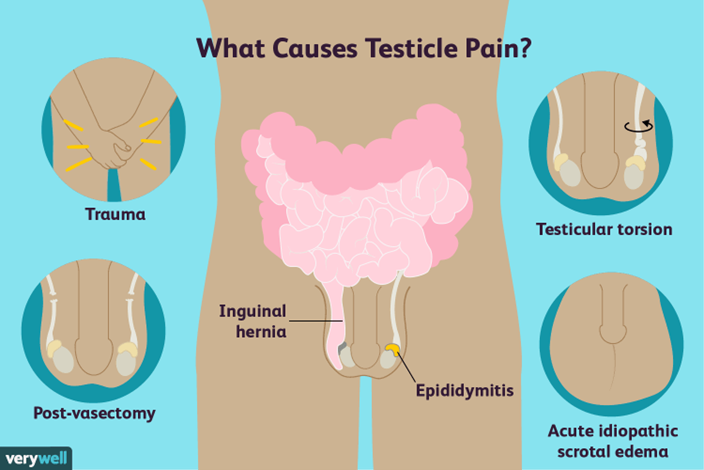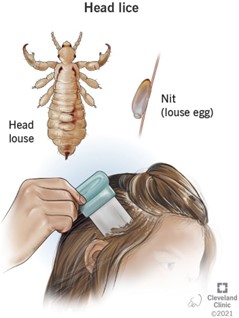A male adolescent arrives at the clinic and reports intense pain in the testicular area that occurred during football practice at high school. The nurse observes the scrotum and identifies significant erythema and swelling.
Which action should the nurse take?
Report the findings immediately to the healthcare provider.
Obtain a swab of secretions from the penis and urethra.
Collect a sterile urine sample for culture and sensitivity.
Provide the adolescent with a urinal for urinary hesitancy.
The Correct Answer is A
The nurse should report the findings of significant erythema and swelling in the scrotum immediately to the healthcare provider. The adolescent's symptoms may be indicative of testicular torsion, which is a medical emergency and requires prompt treatment to prevent loss of the testicle. Obtaining a swab of secretions from the penis and urethra or collecting a sterile urine sample for culture and sensitivity are not appropriate actions for this presentation. Providing a urinal for urinary hesitancy may be appropriate if the adolescent is experiencing difficulty urinating, but this should not take precedence over reporting the findings to the healthcare provider.

Nursing Test Bank
Naxlex Comprehensive Predictor Exams
Related Questions
Correct Answer is A
Explanation
At the age of 3, children should be able to speak in simple sentences with a minimum of four words. This is a normal developmental milestone for this age group. Choices B, C, and D are not appropriate developmental milestones for speech and language skills for a 3-year-old child.
Correct Answer is D
Explanation
The nurse should instruct the parents to wash the child's bed linens and clothing in hot soapy water to kill any remaining head lice and prevent reinfestation. The child's brushes, combs, and other hair accessories should also be washed in hot soapy water or disposed of. Taking the child to a hair salon for a shampoo and a shorter haircut is not necessary for treatment of head lice. Rewashing the child's hair following a 24-hour isolation period is not necessary if the permethrin shampoo has been used as directed.

Whether you are a student looking to ace your exams or a practicing nurse seeking to enhance your expertise , our nursing education contents will empower you with the confidence and competence to make a difference in the lives of patients and become a respected leader in the healthcare field.
Visit Naxlex, invest in your future and unlock endless possibilities with our unparalleled nursing education contents today
Report Wrong Answer on the Current Question
Do you disagree with the answer? If yes, what is your expected answer? Explain.
Kindly be descriptive with the issue you are facing.
